Changes in Pitching Mechanics Over the Course of a Game
One of the keys to pitching effectively is the ability to reproduce consistent mechanics and maintain your release point while on the mound.
In the past, we have found that baseball pitchers tend to become more upright as the game goes on. Essentially, the lead knee and trunk are more upright from what would likely be fatigue of the legs. It’s no wonder that baseball pitchers tend to leave pitches up in the zone as they become tired.
To date, we haven’t looked at this in youth pitchers, however a recent report out of AJSM sought to quantify any potential biomechanical changes in pitches aged 14-16 at the end of game. The authors noted similar findings. Your glove side landing leg tends to become tired and more upright, however, the authors also noted a decrease in pitching velocity and in the amount of rear leg drive and power.
In order to best develop baseball pitchers, we need to understand what happens to the body as they pitch. Based on this information, high school age baseball pitchers should include a proper strength and conditioning program designed to maintain leg strength and power development during the course of a game.
Changes in Lower Extremity Kinematics and Temporal Parameters of Adolescent Baseball Pitchers During an Extended Pitching Bout
BACKGROUND: Few studies have investigated detailed 3-dimensional lower extremity kinematics during baseball pitching in adolescent athletes during extended play. Changes in these parameters may affect performance outcomes.
PURPOSE: To investigate whether adolescent baseball pitchers experience changes in lower extremity kinematics and event timing during a simulated game-length pitching bout.
STUDY DESIGN: Descriptive laboratory study.
METHODS: Twelve male adolescent pitchers (aged 14-16 years) threw 6 sets of 15 fastball pitches from an artificial pitching mound to a target at regulation distance. Joint angles and angular velocities at the hip, knee, and ankle of both legs were collected throughout the phases of the pitching cycle as well as stride length, pelvis orientation, pitch duration, timing of foot contact and ball release, ball speed, and pitching accuracy. Paired t tests ( P < .05) were used to compare the dependent variables between the last 5 pitches of the second (baseline) and sixth (final) sets.
RESULTS: During the stride phase, decreased maximum angular excursions for hip extension (baseline: 14.7° ± 9.8°; final: 11.6° ± 10.3°; P < .05) and ankle plantar flexion (baseline: 30.2° ± 14.5°; final: 24.2° ± 15.3°; P < .05) as well as maximum angular velocity for knee extension (baseline: 144.9 ± 63.3 deg·s-1; final: 121.7 ± 62.0 deg·s-1; P < .05) were observed between sets in the trailing leg. At foot contact, pitchers had decreased hip flexion (baseline: 69.5° ± 10.1°; final: 66.5° ± 11.8°; P < .05) and increased hip abduction (baseline: 20.7° ± 8.9°; final: 25.4° ± 6.0°; P < .05) in the leading leg in the final set. Compared with the baseline set, ball speed significantly decreased in the final set (29.5 ± 2.5 m·s-1 vs 28.3 ± 2.5 m·s-1, respectively; P < .05).
CONCLUSION: Kinematic changes and decreased ball speeds observed in the final set suggest that adolescent pitchers are unable to maintain lower extremity kinematics and performance as a result of extended play.
CLINICAL RELEVANCE: The results from this study may warrant further investigation into how altered lower extremity kinematics may affect trunk and upper extremity function, performance, and risk of injuries during pitching in adolescent athletes, particularly during actual game play.
Source: Am J Sports Med. 2017 Apr;45(5):1179-1186. doi: 10.1177/0363546516687289. Epub 2017 Feb 3.
Mike Reinold
Latest posts by Mike Reinold (see all)
- 3 Ways Baseball Pitchers Can Use a Radar Gun to Enhance Performance - April 16, 2019
- 3 Things Baseball Players Need to Develop Elite Pitching Performance - January 15, 2018
- How to Get Your Arm Loose When Throwing Indoors - November 14, 2017

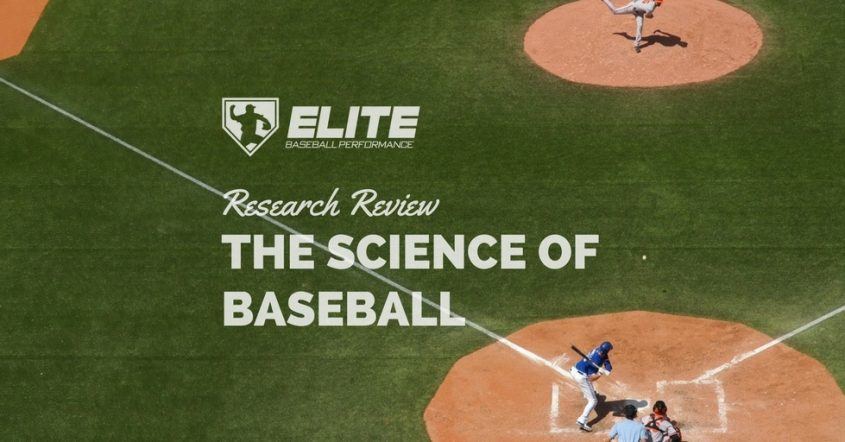
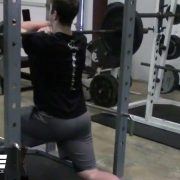

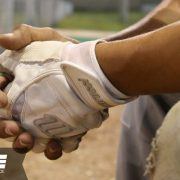
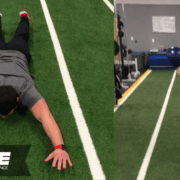
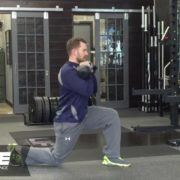



Leave a Reply
Want to join the discussion?Feel free to contribute!